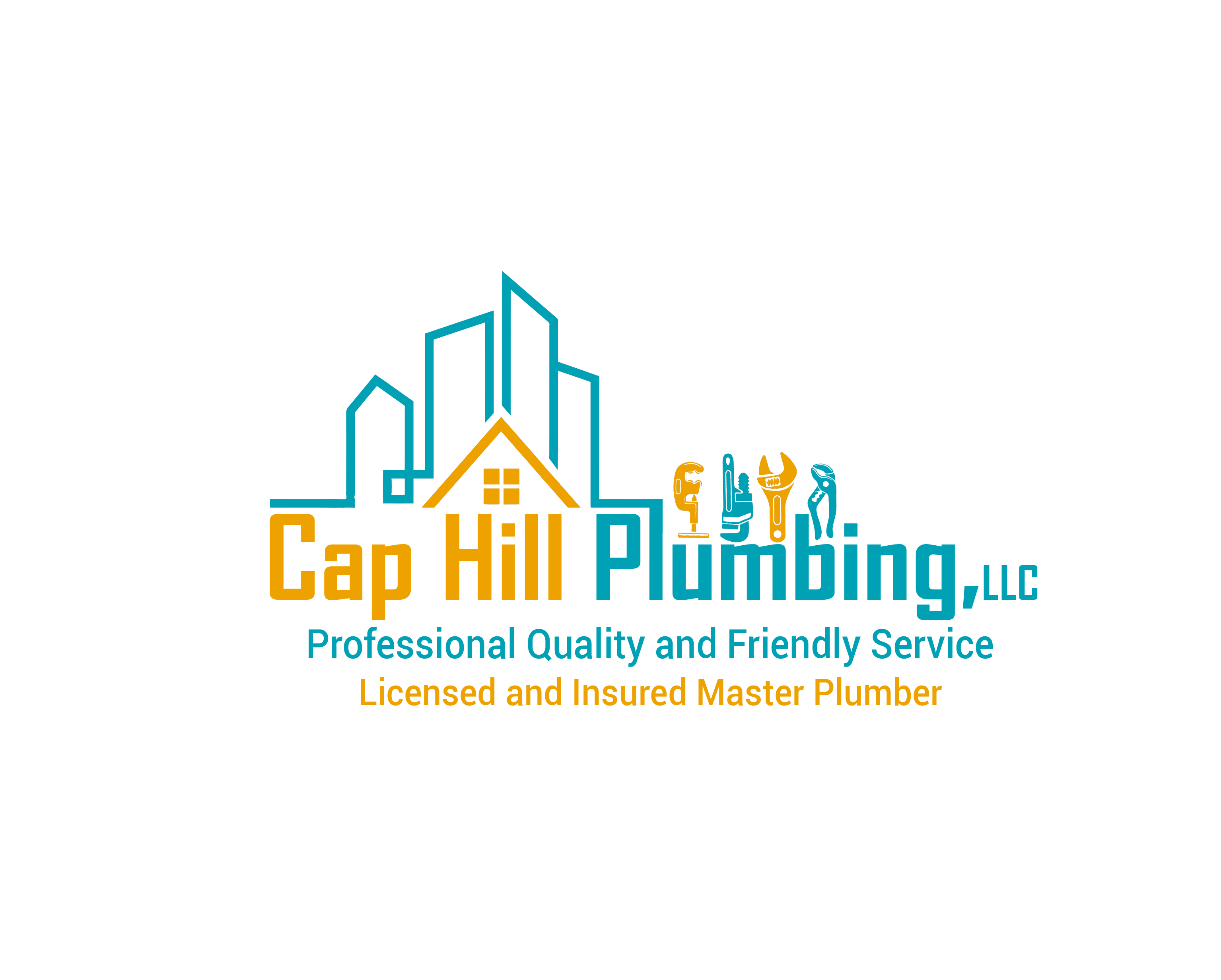
Cap Hill Plumbing
About us
With 10 years of experience in the plumbing industry, Cap Hill Plumbing has built a reputation for reliability and quality service. This extensive experience enables us to handle a wide range of plumbing issues effectively and efficiently. As a family-owned business, Cap Hill Plumbing emphasizes personalized service and customer care. We treat our clients like family, ensuring that every customer receives the attention and respect they deserve. Cap Hill Plumbing offers a wide variety of services tailored to meet the specific needs of residential and commercial clients. Our services include: o Emergency plumbing repairs o Drain cleaning and unclogging o Water heater installation and repair o Sewer line services o Fixture installations (sinks, faucets, toilets, etc.) o Leak detection and repair o Plumbing inspections and maintenance In addition to these services, Cap Hill Plumbing is committed to using high-quality materials, relying on skilled technicians, and staying updated with the latest plumbing technologies, ensuring that we provide the best solutions to our customers.
Business highlights
Services we offer
1. Inspection, 2. Cleaning, 3. Preparation, 4. Installation, 5. Curing, 6. Final Inspection, 7. Restoration, Advantages of Fiber Glass Liner Repair:, Cleanup: The area around the access point is cleaned and left tidy, ensuring minimal disruption to the property., Cost-Effectiveness: While the initial investment may be higher than traditional repairs, the long-term savings on excavation and restoration can make it more economical., Durability: The fiberglass liner provides a new, corrosion-resistant surface that can last for decades., In summary, the fiberglass liner procedure for sewer line repair is an efficient and effective method that enhances the lifespan of existing pipes while minimizing disruption to the property., Inflation: Once in place, the liner is inflated against the walls of the existing pipe. This can be done using air or water pressure, allowing the resin to bond with the interior surface of the original pipe., Insertion of the Liner: The saturated fiberglass liner is carefully fed into the sewer line using a winch or air pressure. It needs to cover the damaged area completely., Liner Saturation: A fiberglass liner, typically made of a flexible tube, is impregnated with a resin mixture. This resin will harden and create a new pipe within the existing one., Measurement: The plumber measures the length of the damaged section of the pipe to determine how much liner material is required., Minimal Disruption: The trench-less method significantly reduces the need for digging, preserving landscaping and existing structures., Pipe Cleaning: The affected sewer line is thoroughly cleaned using high-pressure water jets or mechanical cleaning tools. This step removes debris, tree roots, and other obstructions to facilitate proper adhesion of the fiberglass liner., Post-Installation Inspection: After curing, a follow-up video camera inspection is conducted to ensure that the liner is properly installed and that there are no remaining issues in the sewer line. This inspection confirms the integrity of the repair., Restoring Access Points: Any access points or cleanouts that were used during the process are resealed or restored to their original condition., Setting the Resin: The liner remains inflated for a specified period to allow the resin to cure and harden. Curing can be done using hot water or ultraviolet (UV) light, depending on the materials used. This process typically takes a few hours., The fiberglass liner process for sewer line repair, also known as cured-in-place pipe (CIPP) lining, is a trench-less technology used to restore the integrity of cracked lines without the need for extensive excavation. Here’s a detailed description of the procedure:, Video Camera Inspection: A camera is introduced into the sewer line to assess the extent and nature of the damage. This allows the us to determine if the cracked areas are suitable for repairing with the fiberglass liner.
Amenities
Emergency Services
Yes
Free Estimates
Yes
Warranties
Yes
Accepted Payment Methods
- CreditCard
| Number of Stars | Image of Distribution | Number of Ratings |
|---|---|---|
| 100% | ||
| 0% | ||
| 0% | ||
| 0% | ||
| 0% |
"Thank you for review, we really appreciate it."
"Thank you for a review."
"Thank you for review, we really appreciate it. Good luck with house sale, and happy motorcycle rides."
"Thank you so much for your review, we really appreciate it."
"Thank you [Member Name Removed] for a wonderful review. We really appreciate it."
"Thank you for review [Member Name Removed]. It was a pleasure working with you."
"Thank you [Member Name Removed] for a review."
"Thank you for review."
"Thank you Lisa, it’s an absolute pleasure to work with you and be of help."
Licensing
State Contractor License Requirements
All statements concerning insurance, licenses, and bonds are informational only, and are self-reported. Since insurance, licenses and bonds can expire and can be cancelled, homeowners should always check such information for themselves. To find more licensing information for your state, visit our Find Licensing Requirements page.
*Contact business to see additional licenses.